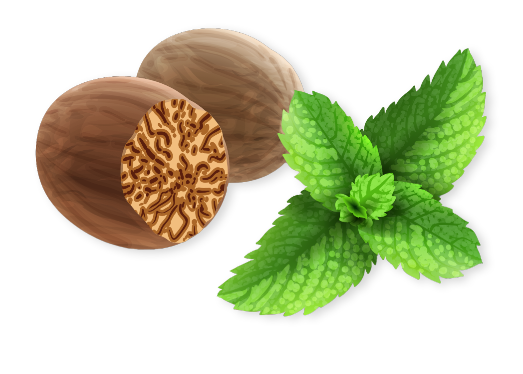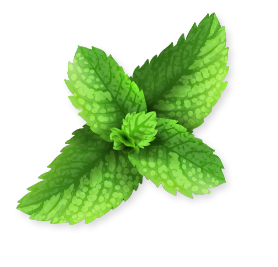Different Types of Alopecia Areata: Which One Do You Have?
Wednesday, June 28, 2023Alopecia areata is a common autoimmune condition characterized by unpredictable hair loss. Today, we delve into the different types of this condition, helping you understand which one you might be dealing with and what treatment options are available.
Unraveling Alopecia Areata
Before discussing the types, it’s essential to understand alopecia areata. This disorder occurs when the immune system mistakenly attacks the hair follicles, leading to hair loss on the scalp and body. The severity and pattern of hair loss vary, giving rise to several types.
The Various Types of Alopecia Areata
1. Alopecia Areata (Patchy)
The most common form manifests as one or more coin-sized patches of hair loss on the scalp or body.
2. Alopecia Totalis
A more severe form, alopecia totalis leads to total hair loss on the scalp.
3. Alopecia Universalis
The most advanced form, alopecia universalis, causes complete hair loss across the entire body.
4. Diffuse Alopecia Areata
This type involves sudden thinning of the hair rather than well-defined patches of baldness.
5. Ophiasis Alopecia
Characterized by hair loss in a band shape around the sides and lower back of the scalp.
Understanding Your Alopecia Areata
Consulting a healthcare professional is vital to understand the type of alopecia areata you’re dealing with. They will perform a physical examination, review your medical history, and if necessary, conduct a scalp biopsy or blood tests.
Treatment and the Ayurvedic Connection
There is no known cure for alopecia areata, but treatments are available to slow hair loss and promote hair growth. Ayurveda offers a holistic approach to managing alopecia areata. The treatment plan involves herbal medicines, dietary changes, and specific lifestyle practices to balance the body’s energies and restore health to hair follicles.
Coping with Alopecia Areata
Living with alopecia areata can be challenging, but several strategies can help:
- Wearing wigs or hairpieces: Can help improve appearance and self-esteem.
- Using sunscreen: Protects the scalp or other exposed areas from sun damage.
- Getting support: Connect with support groups, family, and friends.
Understanding the type of alopecia areata you have is the first step in seeking appropriate treatment and coping strategies. Whether you lean towards traditional treatments or explore Ayurvedic therapies, remember to consult with a healthcare professional to ensure the best care for your condition.
You can write to us.
BOOK APPOINTMENT



























